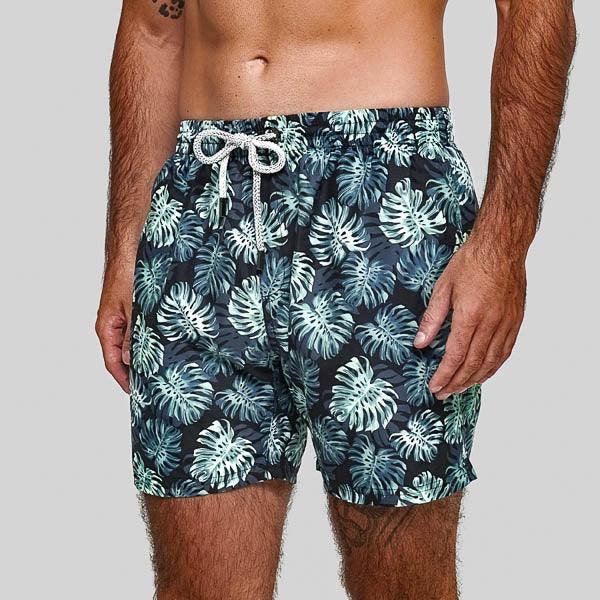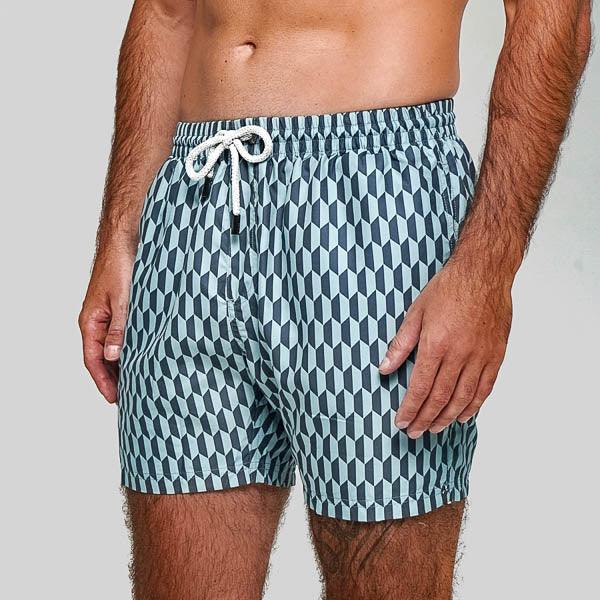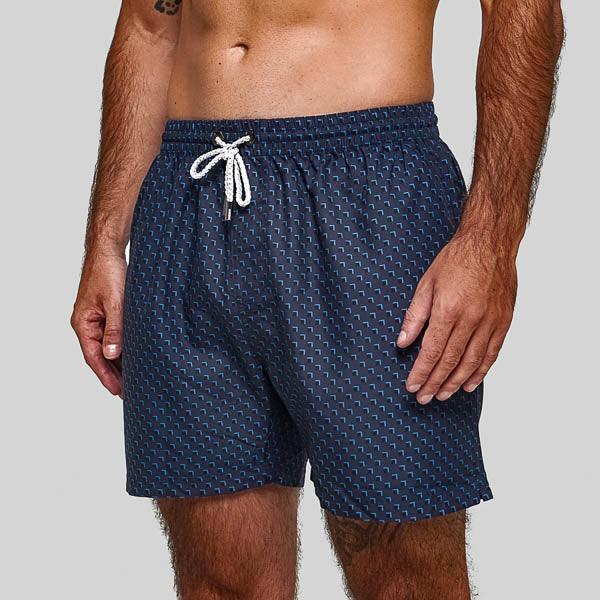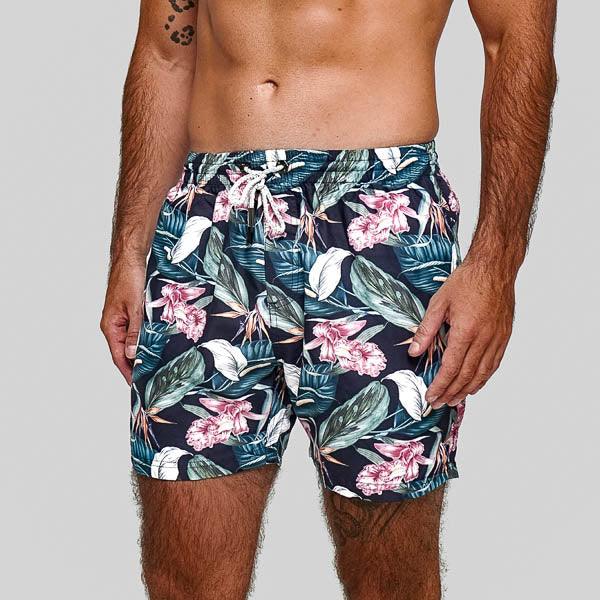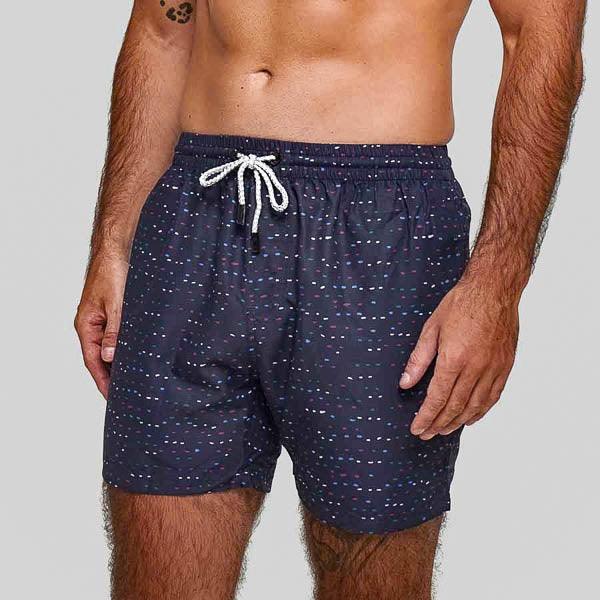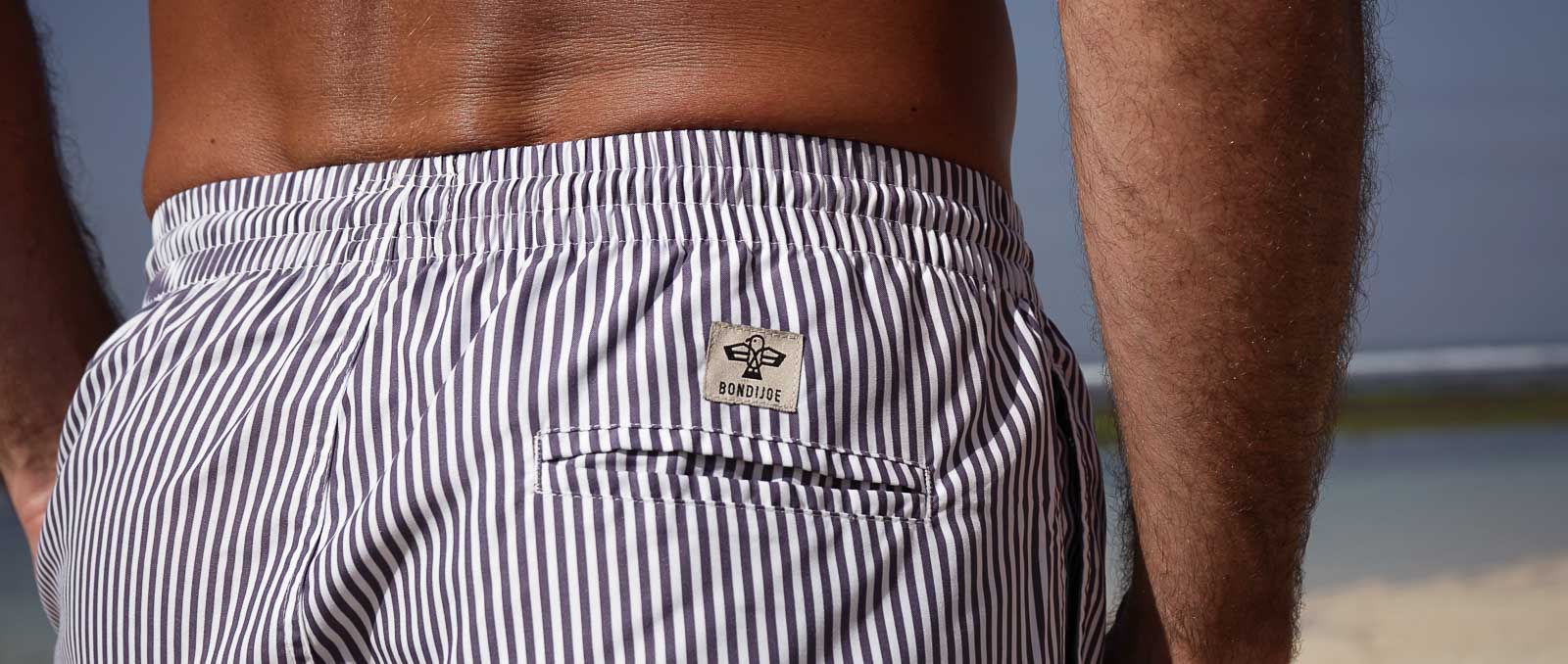Proper care and storage of swim trunks are essential for maintaining their quality and longevity. Whether you are an avid swimmer or enjoy occasional beach outings, knowing how to store your swim trunks correctly can make a significant difference. In this comprehensive guide, we'll explore the best practices for storing men's swim trunks, ensuring they stay in top condition for many seasons. From pre-storage preparations to effective storage solutions, this article covers everything you need to know about preserving your swimwear.
Why Proper Storage of Swim Trunks is Important
Maintaining Fabric Quality
Swim trunks are often made from delicate materials that require special care. Improper storage can lead to fabric deterioration, loss of elasticity, and fading. By following proper storage techniques, you can maintain the quality and performance of your swim trunks.
Preventing Odor and Mildew
Damp swim trunks stored incorrectly can develop unpleasant odors and mildew. Proper storage ensures that your swim trunks remain fresh and free from mold, which can cause permanent damage to the fabric.
Extending Longevity
Investing in high-quality swim trunks can be costly, and you want to make sure they last as long as possible. Proper storage practices help extend the lifespan of your swim trunks, providing better value for your money.
Pre-Storage Preparation
Rinse and Dry Thoroughly
Before storing your swim trunks, it's essential to rinse them thoroughly with fresh water to remove chlorine, salt, and sand. These elements can degrade the fabric over time if left unchecked. After rinsing, allow your swim trunks to dry completely. Storing damp swim trunks can lead to mold and mildew growth.
Avoiding Direct Sunlight
While drying your swim trunks, avoid exposing them to direct sunlight for extended periods. UV rays can cause the colors to fade and weaken the fabric. Instead, opt for air drying in a shaded, well-ventilated area.
Proper Washing Techniques
Using the right washing techniques is crucial before storing your swim trunks. Hand washing with mild detergent and cool water is recommended. If you prefer machine washing, use a gentle cycle with cold water and place the swim trunks in a mesh laundry bag.
Effective Storage Solutions for Swim Trunks
Use Breathable Storage Bags
Store your swim trunks in breathable fabric bags or cotton pillowcases. Avoid using plastic bags or airtight containers, as these can trap moisture and promote mold growth. Breathable storage solutions allow air circulation, keeping your swim trunks fresh.
Fold Carefully
Fold your swim trunks neatly before storing them. Avoid placing heavy items on top, which can cause creases and damage the fabric. If possible, use drawer dividers to keep your swim trunks organized and prevent them from being crushed.
Store in a Cool, Dry Place
Choose a cool, dry place for storing your swim trunks. Excessive heat and humidity can damage the fabric and elasticity. A well-ventilated closet or drawer is ideal for long-term storage.
Rotating Your Swim Trunks
Why Rotation Matters
If you have multiple pairs of swim trunks, rotating their use can prevent any single pair from being overexposed to sun, chlorine, and saltwater. This practice allows each pair to recover between uses, maintaining their quality and extending their lifespan.
Organizing Your Swimwear Collection
Keep your swimwear collection organized to make rotation easier. Arrange your swim trunks by color, style, or frequency of use. This organization helps you keep track of which pairs have been worn recently and which need a break.
Special Considerations for Different Swim Trunk Materials
Polyester and Nylon
Polyester and nylon are common materials used in swim trunks. Bondi Joe's range of mens swim trunks are made from 100% recycled polyester fabric. They are durable but can still suffer from fading and elasticity loss if not stored correctly. Follow the general storage tips outlined in this guide to ensure these materials remain in top condition.
Spandex and Lycra
Swim trunks made from spandex or Lycra offer excellent stretch and comfort but are more susceptible to damage from heat and chemicals. Pay extra attention to rinsing and drying these materials before storage, and avoid any exposure to high temperatures.
Additional Tips for Long-Term Storage
Avoid Chemical Exposure
Keep your swim trunks away from strong chemicals, including cleaning agents and perfumes. These substances can degrade the fabric and cause discoloration.
Use Cedar Balls or Lavender Sachets
To keep your swim trunks smelling fresh and deter insects, consider placing cedar balls or lavender sachets in your storage area. These natural options are preferable to chemical mothballs, which can leave a strong odor and potentially damage the fabric.
Check Periodically
Even if you store your swim trunks properly, it's a good idea to check them periodically. This ensures they remain in good condition and allows you to address any issues like mildew or pests promptly.
Common Mistakes to Avoid
Storing Wet Swim Trunks
Never store your swim trunks while they are still wet or damp. This common mistake leads to mildew growth and can cause permanent damage to the fabric. Always ensure your swim trunks are completely dry before storing them.
Using Plastic Bags
Avoid storing swim trunks in plastic bags, as they trap moisture and can lead to mold and mildew. Opt for breathable fabric bags or pillowcases instead.
Ignoring Storage Environment
Storing swim trunks in an environment that is too hot, humid, or lacks ventilation can accelerate fabric deterioration. Choose a cool, dry, and well-ventilated area for the best results.
The Benefits of Proper Storage
Enhanced Durability
By storing your swim trunks correctly, you enhance their durability and lifespan. Proper storage prevents common issues like fading, stretching, and fabric degradation, ensuring your swim trunks remain functional and stylish.
Cost-Effective
Investing a little time and effort into proper storage practices can save you money in the long run. Well-maintained swim trunks do not need to be replaced as frequently, providing better value for your investment.
Aesthetic Appeal
Swim trunks stored properly maintain their vibrant colors and original shape, ensuring you look your best each time you wear them. This is particularly important if you have high-quality swim trunks that you want to keep in pristine condition.
Conclusion
Storing your swim trunks properly is crucial for maintaining their quality, appearance, and longevity. By following the best practices outlined in this guide, you can ensure that your swim trunks remain in top condition, providing you with long-lasting performance and comfort. Remember, a little extra care in storing your swimwear can pay off significantly, preserving both the fabric and your investment.
Be sure to also check out our other guides to mens swim trunks care and maintenance.
FAQs
How should I store my swim trunks to prevent mildew? Ensure your swim trunks are completely dry before storing them. Use breathable fabric bags or pillowcases and avoid plastic bags or airtight containers.
Can I use a dryer to dry my swim trunks before storing them? It's best to air dry your swim trunks in a shaded, well-ventilated area. Using a dryer can cause the fabric to fade and lose its elasticity.
What is the best way to organize my swim trunks for storage? Fold your swim trunks neatly and use drawer dividers to keep them organized. Avoid placing heavy items on top to prevent creases and fabric damage.
How often should I check my stored swim trunks? Periodically check your stored swim trunks to ensure they remain in good condition and to address any issues like mildew or pests promptly.
Can I store my swim trunks in a plastic bag? It's not recommended to store swim trunks in plastic bags as they trap moisture and can lead to mold and mildew. Use breathable storage solutions instead.
Why is it important to rinse swim trunks before storing them? Rinsing removes chlorine, salt, and sand that can degrade the fabric over time. Ensuring your swim trunks are clean before storage helps maintain their quality and longevity.



